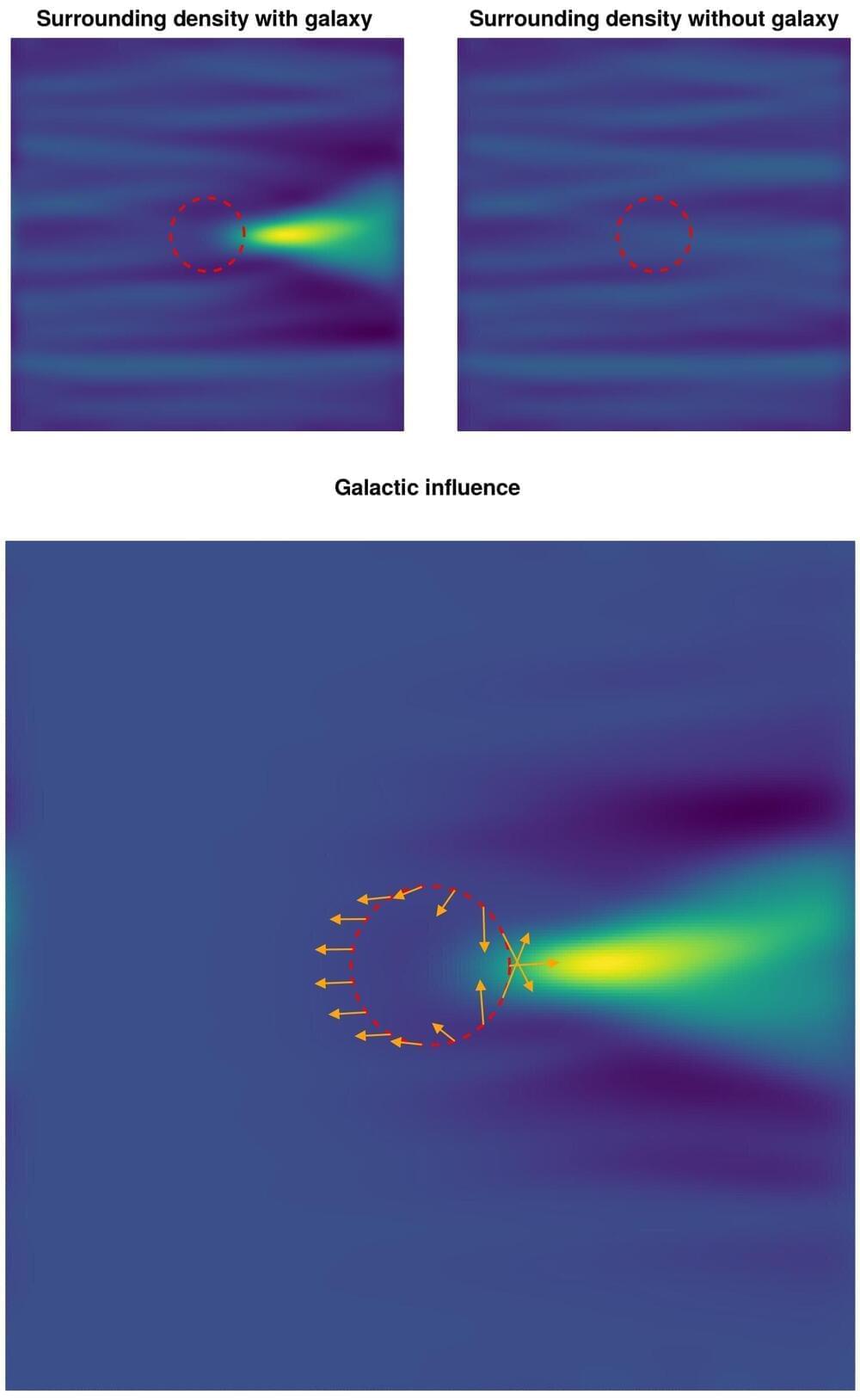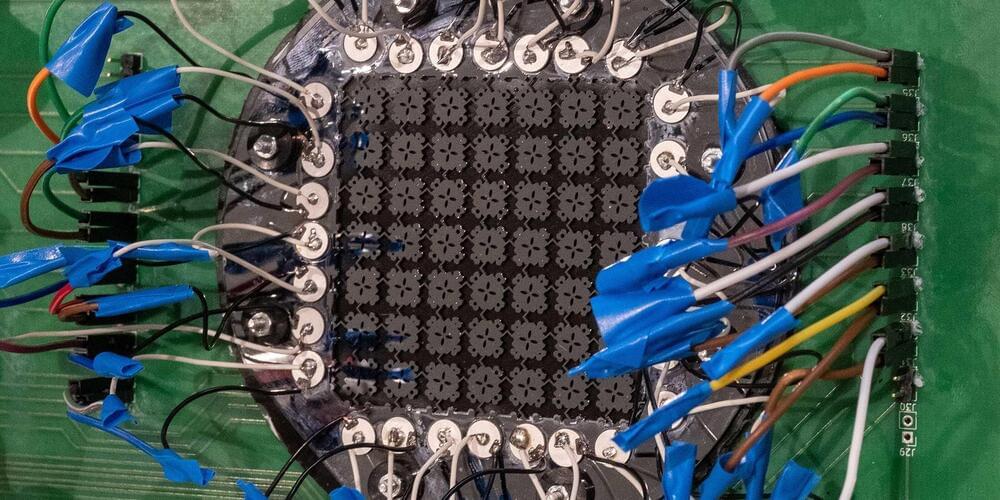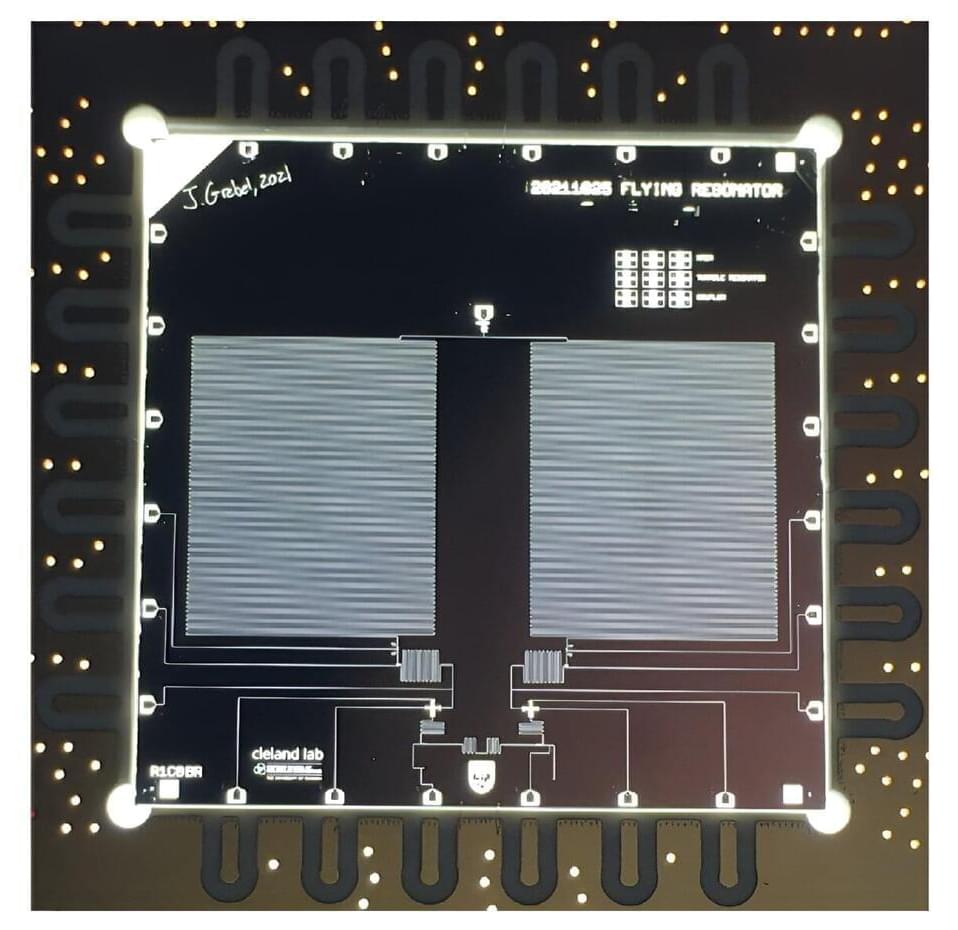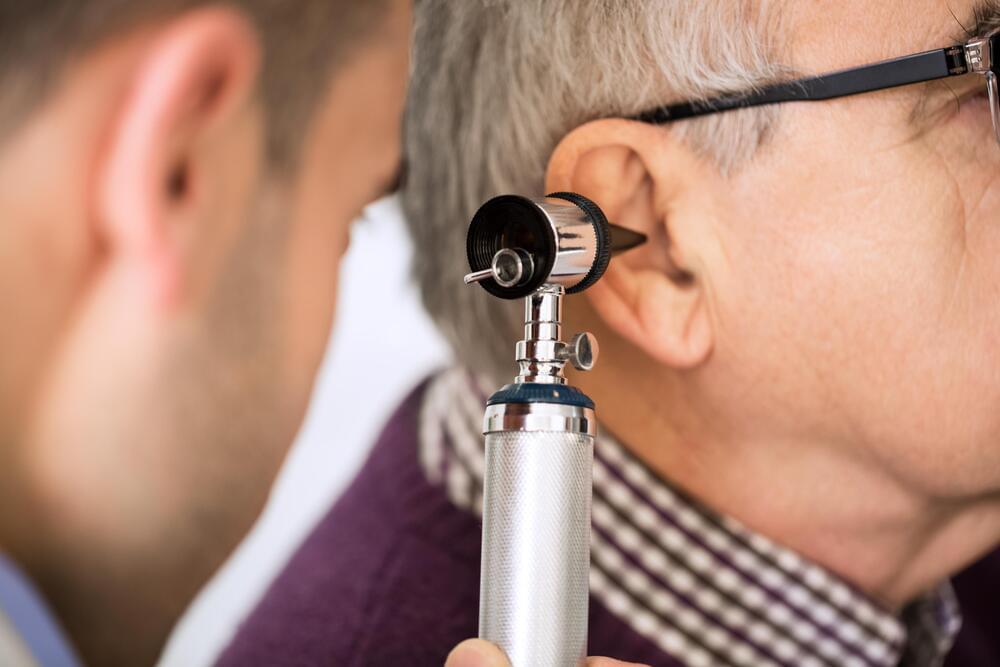We need to get Mars Exploration back on track after the Mars Sample Return Mission is temporarily halted:
Posted on big think and searchforlifeintheuniverse:


In new research published in Astronomy & Astrophysics, researchers have figured out how to precisely calculate the forces that affect galaxies in tidal cycles. The next stage is to find galaxies sufficiently lopsided in the universe to study the velocity of dark matter relative to the galaxies.
So, how can the speed of dark matter be measured? The prerequisite is to find a galaxy in the universe that moves relative to dark matter. Since everything in the universe is in motion and there is a great deal of dark matter, it is not difficult to find such galaxies.
Heavy objects, like galaxies, attract all types of matter, whether it is dark matter or visible matter that we encounter on a daily basis. As dark matter moves past a galaxy, the galaxy begins to pull the dark matter particles towards it. However, the change of speed direction of the particles takes time. Before their trajectory curves towards the galaxy, they already manage to pass the galaxy.

Sensors that monitor infrastructure, such as bridges or buildings, or are used in medical devices, such as prostheses for the deaf, require a constant supply of power. The energy for this usually comes from batteries, which are replaced as soon as they are empty. This creates a huge waste problem. An EU study forecasts that in 2025, 78 million batteries will end up in the rubbish every day.
A new type of mechanical sensor, developed by researchers led by Marc Serra-Garcia and ETH geophysics professor Johan Robertsson, could now provide a remedy. Its creators have already applied for a patent for their invention and have now presented the principle in the journal Advanced Functional Materials.
Certain sound waves cause the sensor to vibrate “The sensor works purely mechanically and doesn’t require an external energy source. It simply utilizes the vibrational energy contained in sound waves,” Robertsson says.

Devices that exhibit electrical resonance, have a nominally infinite number of quantum levels.
Over the past few decades, quantum physicists and engineers have been trying to develop new, reliable quantum communication systems. These systems could ultimately serve as a testbed to evaluate and advance communication protocols.
Researchers at the University of Chicago recently introduced a new quantum communication testbed with remote superconducting nodes and demonstrated bidirectional multiphoton communication on this testbed. Their paper, published in Physical Review Letters, could open a new route towards realizing the efficient communication of complex quantum states in superconducting circuits.
“We are developing superconducting qubits for modular quantum computing and as a quantum communication testbed,” Andrew Cleland, co-author of the paper, told Phys.org. “Both rely on being able to communicate quantum states coherently between qubit ‘nodes’ that are connected to one another with a sparse communication network, typically a single physical transmission line.”



The number of people with obesity has nearly tripled since 1975, resulting in a worldwide epidemic. While lifestyle factors like diet and exercise play a role in the development and progression of obesity, scientists have come to understand that obesity is also associated with intrinsic metabolic abnormalities.
Now, researchers from University of California San Diego School of Medicine have shed new light on how obesity affects our mitochondria, the all-important energy-producing structures of our cells.
In a study published in Nature Metabolism, the researchers found that when mice were fed a high-fat diet, mitochondria within their fat cells broke apart into smaller mitochondria with reduced capacity for burning fat. Further, they discovered that this process is controlled by a single gene. By deleting this gene from the mice, they were able to protect them from excess weight gain, even when they ate the same high-fat diet as other mice.
An audio reading of The Machine Stops by E.M. Forster. Join this channel to get access to perks: https://www.youtube.com/channel/UCXG_10QqNnu62Z5RBeZYeZA/joinJ…
